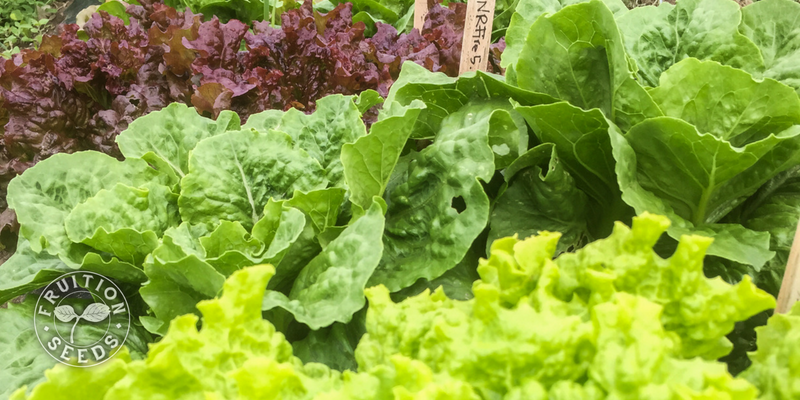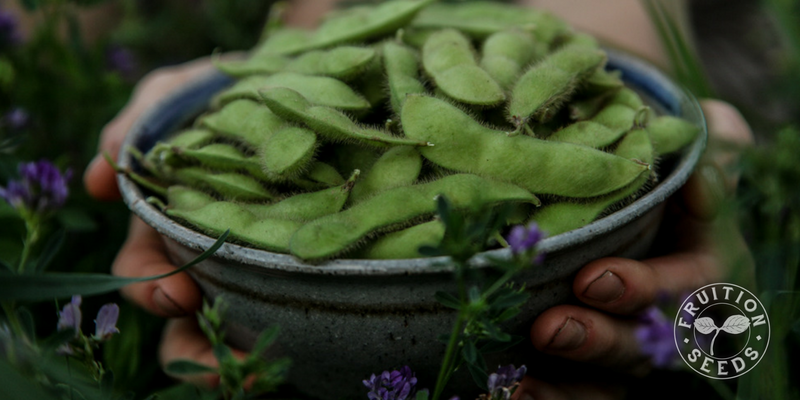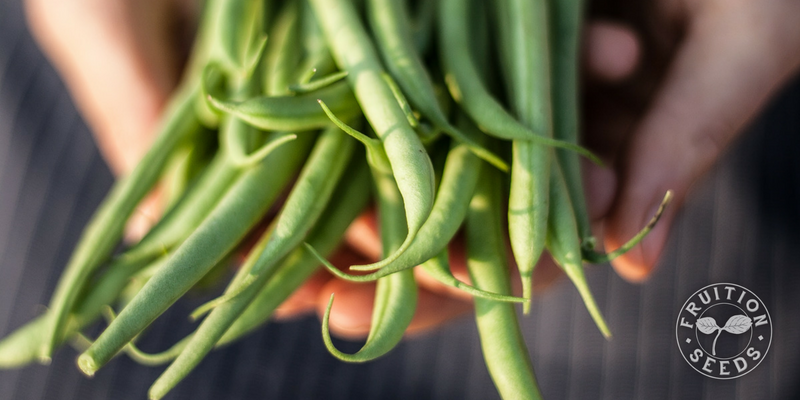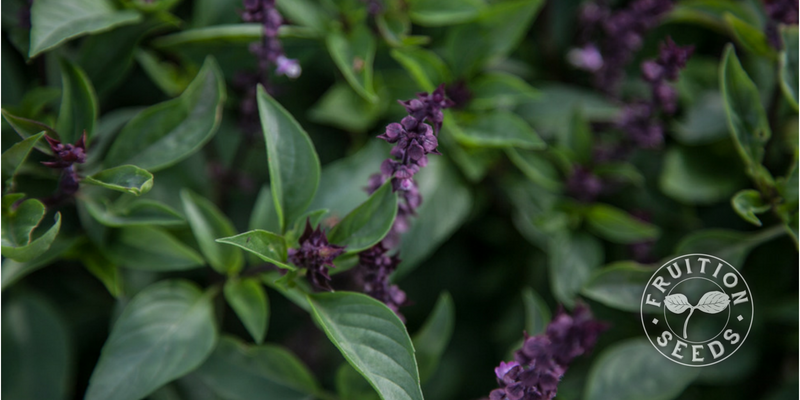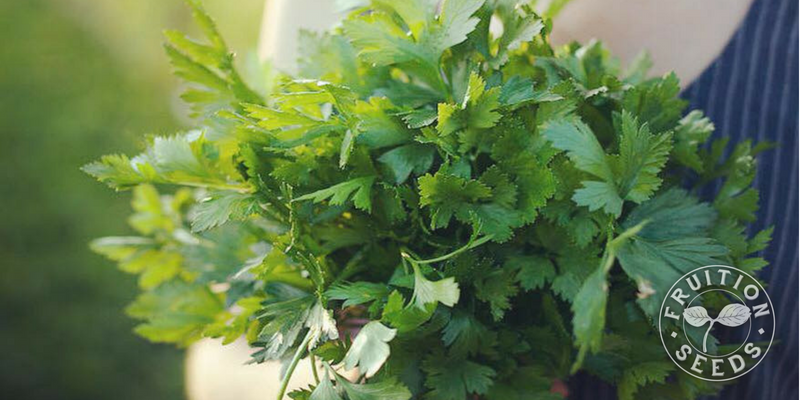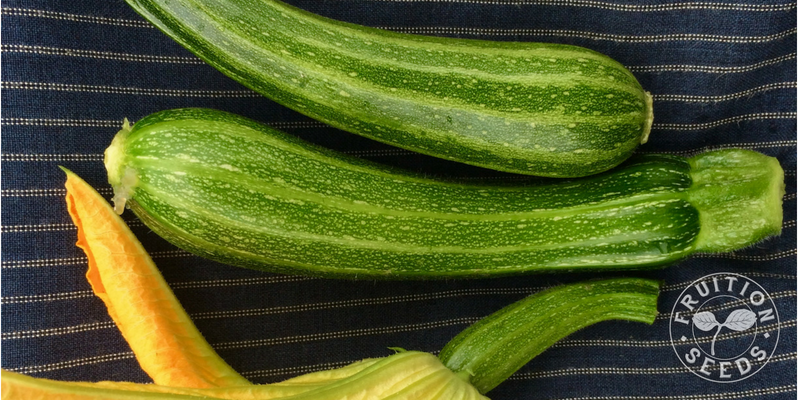Our gardens are a lush jungle in the hot, hot sun as baby birds learn to fly across the fields and our dogs find respite under zucchini leaf umbrellas.
As we harvest heads of lettuce, rows of beets, pull out peas and feed bolting cilantro to the chickens, we’re sowing seeds so the abundance doesn’t stop. Our season is short, so we’ve got to make the most of it! Succession sowing is the genius, seamless transition of one crop to the next, amplifying your abundance all season long.
In July, here in Zone 5, following our harvest of peas, carrots, beets, garlic and lettuce, here is what we are succession sowing, between dips in the pond:
1. Greens
You have so many options!
The good news: Greens don’t require tons of fertility, so don’t hesitate to plant lettuce where you just harvested lettuce.
The bad news: not all greens thrive in the heat, so be sure you’re planting those that will. Nonetheless, options abound!
In July, be sure to sow lettuce varieties that thrive in the heat; Grosse Blonde Paraseusse is my favorite summer lettuce.
Greens to succession sow in July
- heat-tolerant lettuce
Butterhead: Optima
Romaine: Plato II, Flashy Trout Back
Loose Leaf: New Red Fire, Gentilina, Grosse Blonde Paraseusse
- lettuce and mesclun mixes
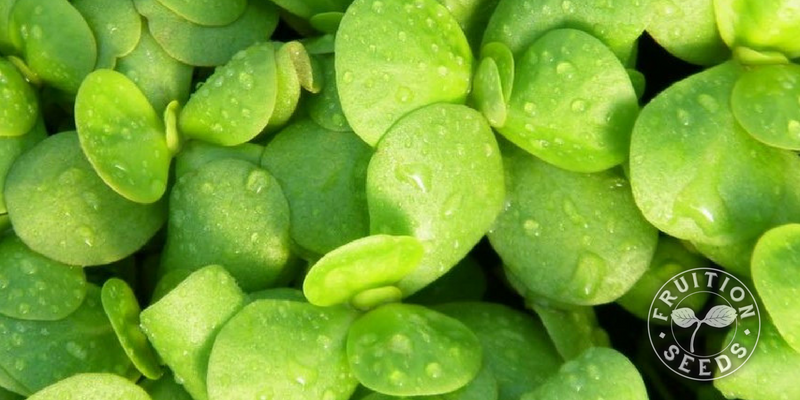
Golden purslane is one of our favorite summer greens, sweet and lemony, remarkably different from the ‘weed’ in your garden! Plus upright so it’s easier to harvest!
Also, how do you decide to grow greens as baby leaf or full heads? You can have your cake and eat it, too! Enjoy this video tutorial with the details.
2. Bush Snap Beans
On our farm in the New York Finger Lakes, Zone 5, we sow our final succession of bush beans in mid-July.
Bush snap beans bear their abundance in a flurry of a few weeks, making for boom and bust cycles if you’re not succession sowing. If you’re looking to harvest beans all season long, a) pole beans sown after frost was your move though, now that it’s July, b) succession sowing more bush beans is easy and awesome.
Fun Fact! Beans, along with their countless cousins in the massive and diverse legume family, create their own nitrogen. This allows beans to make do and even thrive in average, less fertile soils.
Any bush snap bean, including edamame, is perfect to sow around early July in Zone 5.
For more abundant beans this season:
- Sow any bush bean seed in rows every 3-4 inches, thinning to 1 plant every ~6 inches.
- Sow with inoculant (microbe-rich powder full of their symbiotic, nitrogen-fixing bacteria) to increase health and yield, especially if you’re planting legumes in a place that may not have grown legumes for a decade or more. If legumes have grown there more recently, you likely have an abundance of symbiotic bacteria still residing in your soil. We always add a touch of inoculant, just in case.
We just planted our second succession of Tavera, my favorite haricot vert bean.
3. Quick-Growing Herbs
With good timing and great seeds, it is so easy to surround yourself with fresh herbs all season long!
To enjoy consistent harvests of cilantro and dill all season long, you’ll need to succession sow them every 2 to 3 weeks.
Some herbs are perennial and need only be established once, like thyme, oregano, sage, and chives. Others are biennials that take their time growing from seed; these are ideally started in spring, like parsley, and can be enjoyed all season long.
Some annual herbs grow quickly from seed, like cilantro, dill and basil, and need to be sown several times each season if you want a constant, delicious harvest.
The flavor of herbs is rich and sweet until they flower, when more complex and often bitter compounds transition the plant toward producing seeds. Because we love basil, cilantro and dill, and they flower quickly in summer heat, we succession sow them every two to four weeks.
We grow Thai basil for stir-fries and spring rolls, coconut curry soup and bouquets, too!
For basil that bolts less quickly: We sow three successions of basil, one per month, starting at the end of May, because heavens, we love to swim in basil and we never seem to have too much. We eat it in absolutely everything, breakfast, lunch and dinner, and we also put up gallons of glorious pesto each season.
Did you know how you harvest your basil makes a huge difference in it’s quality? Here is a video tutorial with the secret!
Parsley is typically started from seed in spring for harvests all season long, but better late than never: Early July is not too late.
For cilantro that bolts less quickly:
- Only direct sow
- Offer ample, even water, especially just before harvest to inspire quick re-growth and
- Know cilantro will bolt less in the cold. We sow cilantro in fall, harvesting some in fall and again after the snows melt, often for several cuttings. In summer, succession sowing is a necessity.
For dill that bolts less quickly: Cultivate dill the same as cilantro, just know it is frost-sensitive.
4. Carrot & Beet
We sow carrots and beets mid to late spring every three weeks until six weeks before first frost. Here in the Finger Lakes, we sow our first succession in late April through early August for a constant harvest of tender, sweet roots.
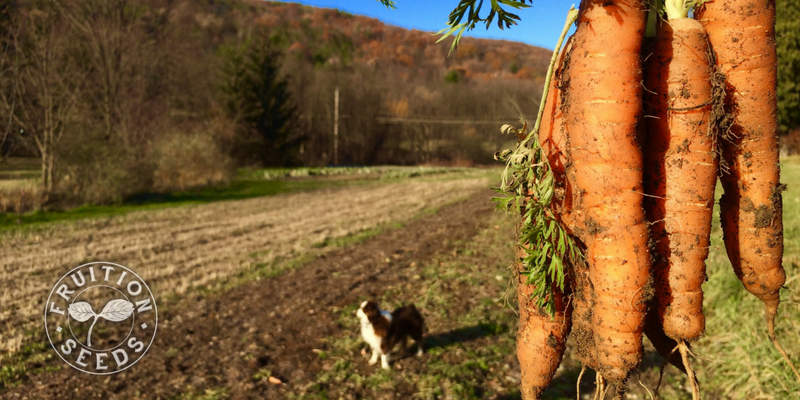
In the Finger Lakes, we sow carrots every 3 weeks between late April and early August, which is when we sow them for winter storage.
Carrots and beets are so rewarding, though certainly they are not the easiest vegetables to grow. Here are a few tips for carrots & beets:
- Roots thrive in rich, loose soil
- Maintain consistent moisture to inspire even, abundant and early germination
- Thin them as soon as their first true leaves appear (and enjoy this video to demonstrate)
- Continue to thin them as the weeks go by, enjoying the baby roots as you make space for your longest, widest roots. Hop on over to our Grow Carrots with Confidence recorded webinar for more info.
5. Cucumber & Zucchini
Last call, Friends! Cucumber, zucchini & summer squash have boom/bust cycles like bush beans, though they have a much wider harvest window. Nonetheless, sow a second succession one month after the first. Once your first succession is loosing steam in mid August, you’ll be so glad you did.
‘Cocozelle’ is a classic zucchini, perfect to sow in July for a late succession.
Tips for summer cucumber & zucchini:
- as ‘heavy feeders,’ they’ll respond to any additional compost or fertility you offer with increased abundance
- More sun = more fruit!
- Cucumbers love to be trellised up! Consider growing cukes on the trellis that just supported your peas. Also, lettuce grows best in the cool, partial light behind your cukes: That is serious succession sowing and companion planting.
- Floating row cover excludes insects from your crops and warms them, inspiring vigor and health. Specifically for cucurbits, excluding voracious cucumber beetles makes all the difference. Keep the row cover over your plants until they’re beginning to flower, making it easy for insects to pollinate your flowers.
- We love planting cucumber and zucchini on biotella. Hop on over to our video about combining biotella and floating row cover for the healthiest organic cucurbits!
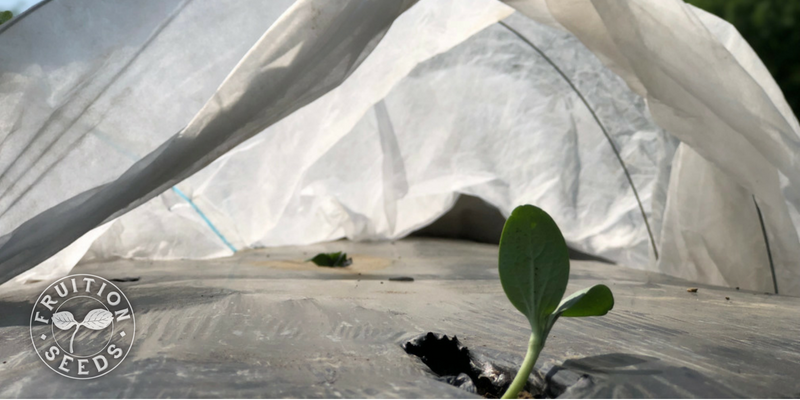
Cucurbits thrive when grown in biodegradable ‘biotella’ mulch with hoops supporting floating row cover above.
- Respect minimum distances away from each other: The increased airflow will decrease their susceptibility to diseases like Powdery Mildew as well as make harvest more accessible. Sow summer squash at least 18 inches between plants and 2 feet between cucumbers.
- If Powdery Mildew arrives consistently in your garden (as it does ours), know there are many things you can do to prevent it. By far the best: Grow disease resistant varieties. Success PM is our resistant summer squash. We have six Powdery Mildew-resistant cucumbers, including the darling and utterly disease-resistant Mouse Melon or Mexican Sour Gherkin, my second favorite cucumber of all time.
- Poor fruit development in cucurbits is often either a nutrient deficiency (fish emulsion applied every two weeks is an easy way to avoid deficiencies) or indicate lack of pollination, which is only common when it pours rain for days on end.
- If your space is limited, or if containers are your style, bush cucumbers will change your life. Bush pickle is our pickler (surprise!) and Spacemaster 80 is our full-size slicer. So long as they have abundant nutrients, you’ll harvest no less fruit on a two-foot vine instead of a five-foot vine. Think of all the extra food you can be growing in that space! Have fun experimenting
Happy July & happy succession sowing!
Enjoy your harvests and sow more seeds, even in our short seasons we have so much more to come
Sow Seeds & Sing Songs,

and the Many Beings of Fruition
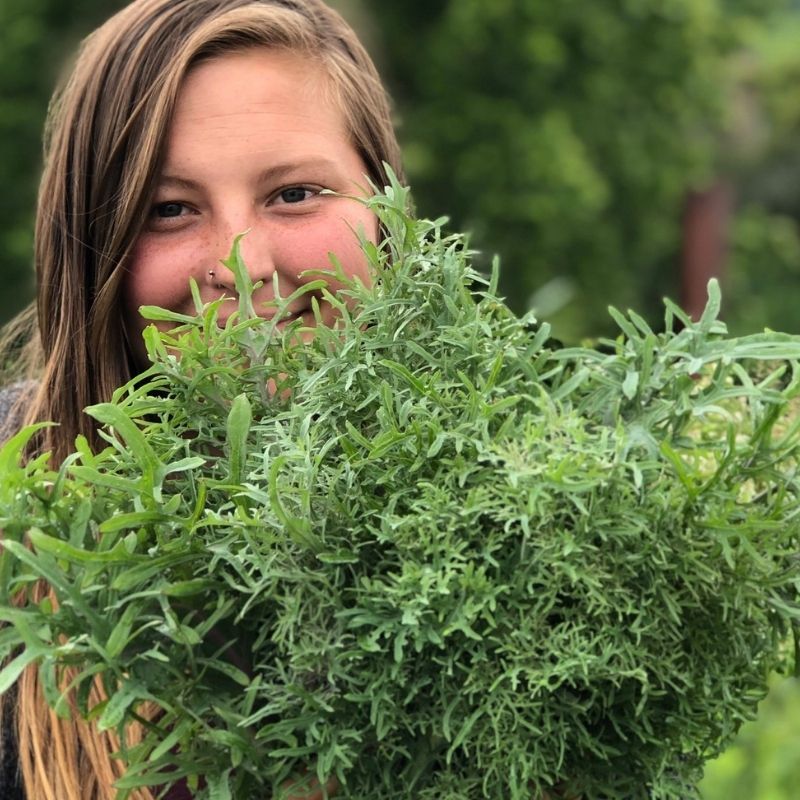
Join the
Fruition Family!
Our weekly organic gardening emails share seasonal inspiration as well as insight
~When you join us, check your inbox for your welcome & access info! Stay tuned for our weekly organic gardening tips & inspiration, as well~

